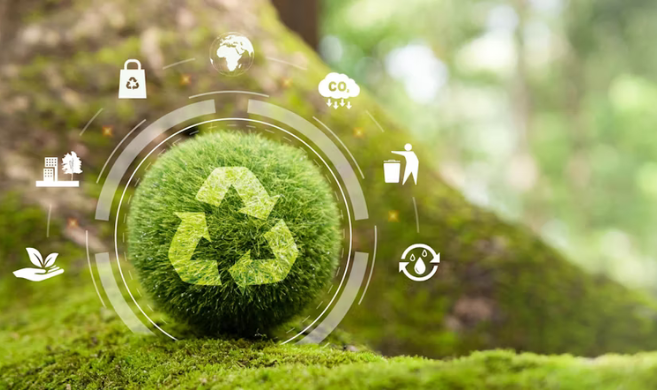The circular business model and product design in a nutshell
The distinctive feature of the circular business model is that it goes beyond the point of sale and allows a firm to tap into a new source of revenue from recycling end-of-life products. Offering a better recyclable product increases the valuation of the product in the eyes of the consumers by making disposal for recycling relatively more attractive than trash disposal.
When choosing the recyclability of its product, a firm considers the profits from sales and recycling, net of the cost to set up the reverse supply to recover end-of-life products. Intuitively, a firm should increase recyclability until the incremental increase in unit cost accounting for the value of the recovered resources is equal to the incremental value created for consumers.
Eco-awakening pushes firms to offer better recyclable products but may increase the corporate waste footprint
Recent eco-awakening* of consumers forces firms to offer better recyclable products. At the same time, consumers who care more strongly about recyclability are more likely to return the product for recycling. Stronger concerns about recyclability therefore reduce the expected waste footprint of a product.
The corporate waste footprint is obtained by multiplying the waste footprint per unit of product by sales. If sales expand only modestly or decrease due to deconsumption, eco-awakening necessarily reduces the corporate waste footprint. Instead, if sales expand strongly due to greener product design, the corporate waste footprint increases, a rebound effect.
Circularity is a co-creation between the firm and consumers, and circularity will not work in a throw-away society.
Hence, to reach a zero corporate waste footprint, the firm must offer a fully recyclable product and all buyers must return the product for recycling. This shows that circularity is a co-creation between the firm and consumers, and that circularity will not work in a throw-away society.
When should a business go circular?
Under a linear business model, the firm offers a non-recyclable product because recyclability is costly but has no impact on sales. Going circular allows the firm to charge a green premium for recyclable products. Consequently, a firm should adopt a circular model if the profit increase from the change in product recyclability and pricing exceeds the cost of setting up the reverse supply chain. In the absence of a rebound effect, going circular not only increases profit but also improves the bottom line for the planet.
*See the reports by the Economist Intelligence Unit (2021) and the FII Report 2023.









